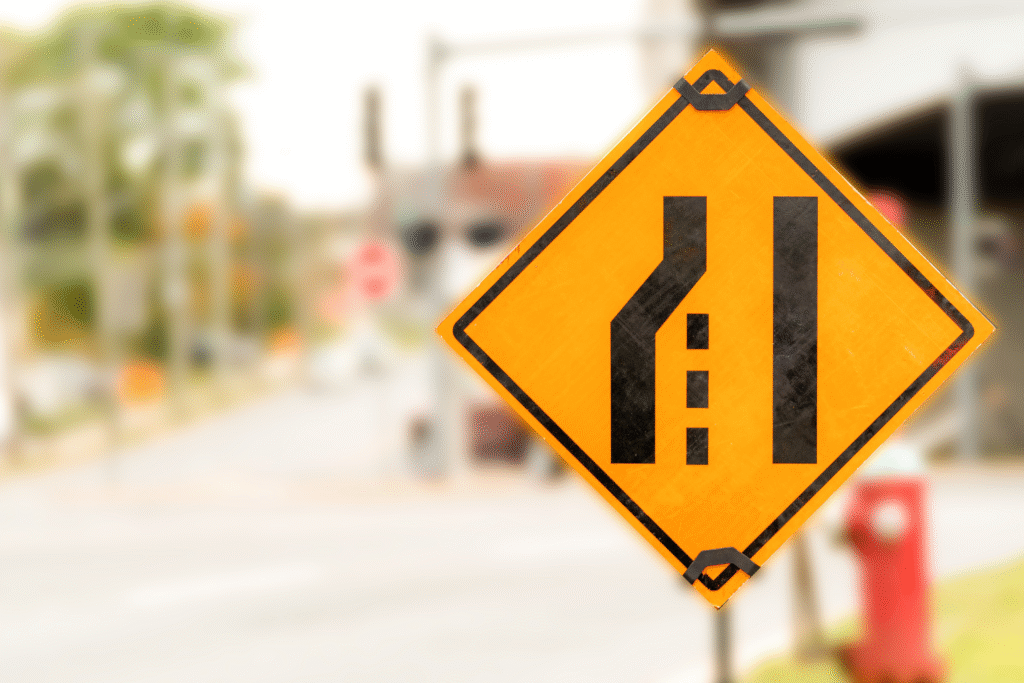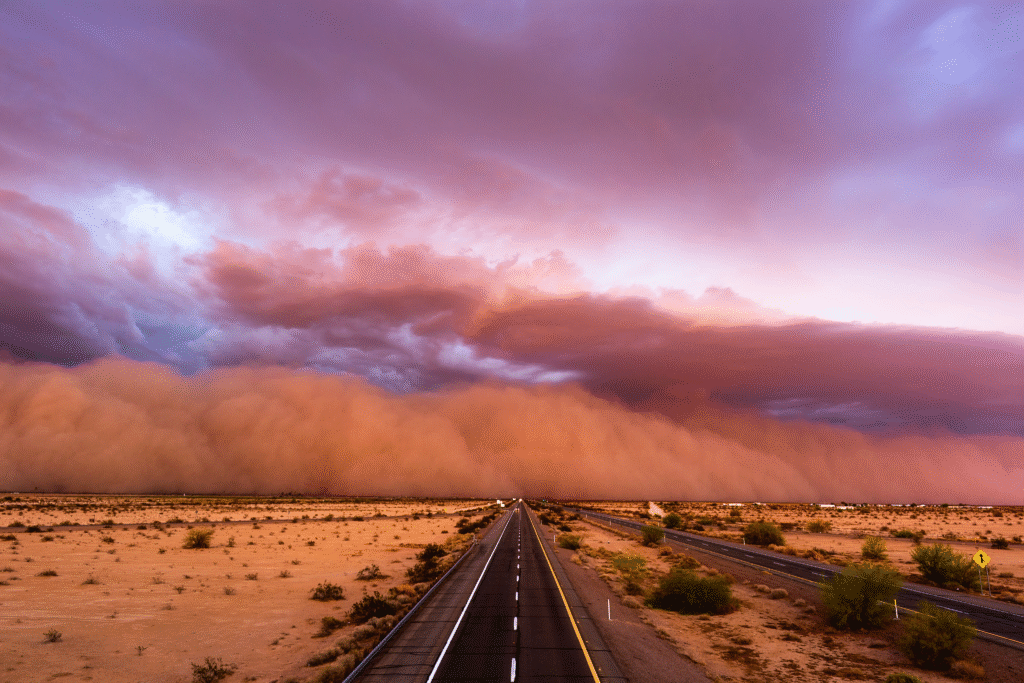Road & Traffic Safety
Road & Traffic Safety

Zipper Merge
The zipper merge is the new way to merge traffic when entering a construction zone. When traffic gets heavy and a lane is about to close, what do you do?
If you’re like most drivers in New Mexico, you probably try to merge early, thinking it’s the considerate and safe thing to do. But here’s the rub: Merging early actually causes more problems than it solves. It leads to longer backups, more lane switching, and a higher risk of crashes. There’s a better way. It’s called the zipper merge — and it works.
When you see a lane closure ahead, stay in your current land. Use both lanes fully right up to the merge point. Then, just like the teeth of a zipper, take turns with the vehicles next to you merging smoothly into the open lane. (You can see this being done at some drive through restaurants.) It’s not cheating. It’s not rude. It’s how the system is designed to work.
The zipper merge isn’t just a nice idea. It’s a proven solution for reducing congestion and keeping traffic moving safely through construction zones. It reduces the difference in speeds between two lanes. It reduces the overall length of a traffic backup as much as 40 percent. And it creates a sense of fairness, since all lanes are moving at the same rate.
How To Use the Zipper Merge
If you’re driving through a construction zone and traffic slows down:
• Stay in your lane until the merge point, even if it feels wrong.
• Take turns merging with cars in the other lane.
• Be patient and kind. A simple pause goes a long way.
• Avoid blocking the lane that’s closing or cutting others off.
The zipper merge only works when we all work together. That means trusting the process, staying calm behind the wheel, and remembering that everyone’s just trying to get to where they’re going safely, just like you. Because the zipper merge is still new to many New Mexico drivers, you might get the side-eye or a honk when you stay in your lane to the merge point. That’s okay. You’re not cutting in line. You’re cooperating. The more people understand how it works — and why it works — the better traffic will move on our roads.

Dust Storm Safety
Dust storms can appear suddenly on New Mexico’s roads. One moment it’s clear, blue skies, and the next you can’t see the car in front of you. In these moments, it’s easy to panic. That’s why it’s important to know ahead of time what to do if you encounter a dust storm.
Zero visibility means zero margin for error. Visibility can drop to zero in seconds, turning a routine drive into a high-risk situation. If you see a dust storm ahead, slow down and be ready to pull over. Don’t wait until you’re in the thick of it. Exit the roadway completely if possible. If you see there is a dust storm warning in effect, consider changing your travel plans.
If You’re Caught in a Dust Storm
There is no safe speed to drive through a dust storm. Learn these steps to stay alive:
• Pull off the Road. Do not wait until poor visibility makes it difficult to safely pull off the roadway — do it as soon as possible. Do not stop in a travel lane or in the emergency lane.
• Completely exit the highway if you can.
• Turn off all vehicle lights, including your emergency flashers. Other drivers tend to drive toward lights during times of limited visibility and may try to “follow” your parked car.
• Set your emergency brake and take your foot of the brake.
• Stay in the vehicle with your seatbelt buckled and wait for the storm to pass.
You can’t outrun a dust storm. You can only outsmart it by waiting it out.



